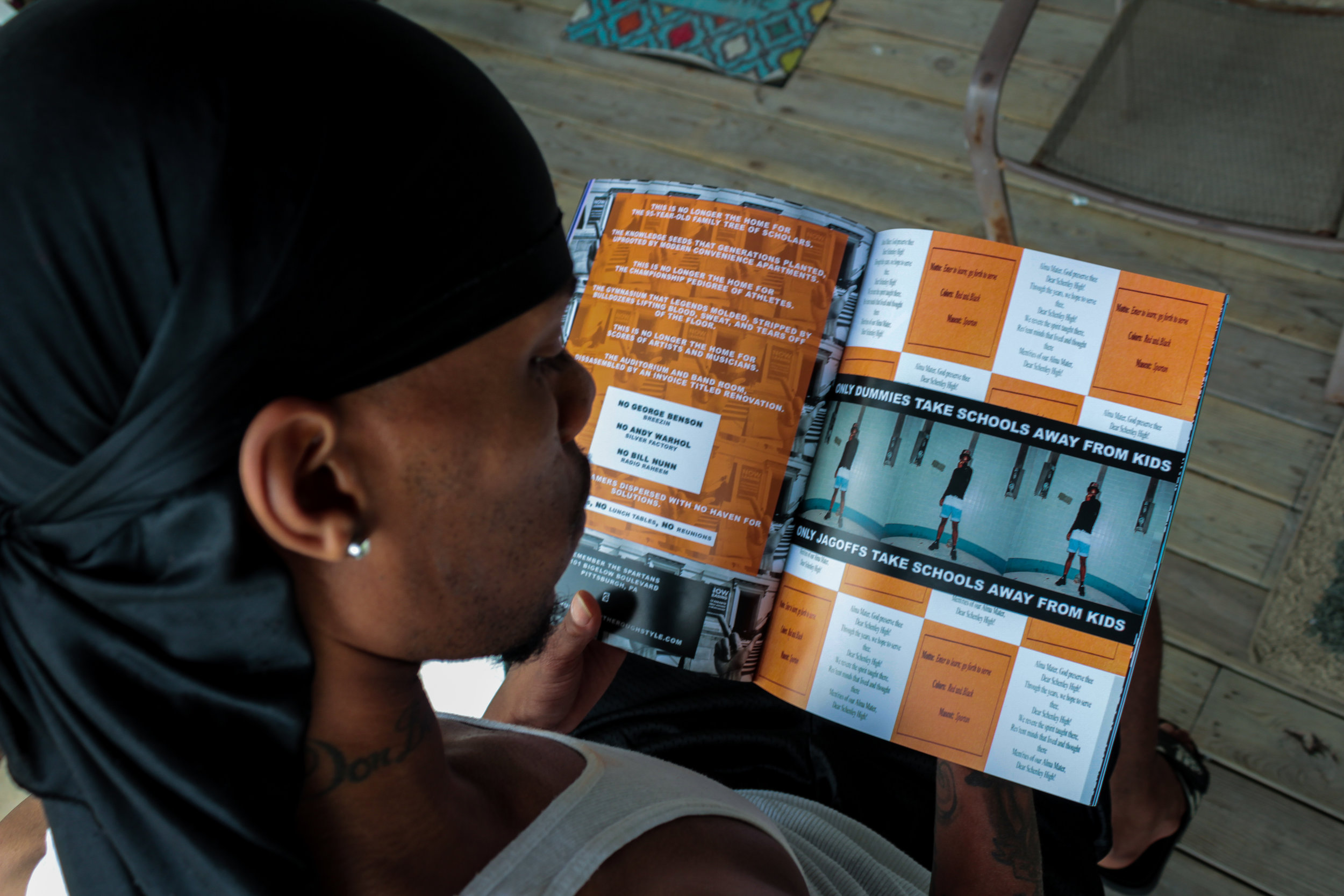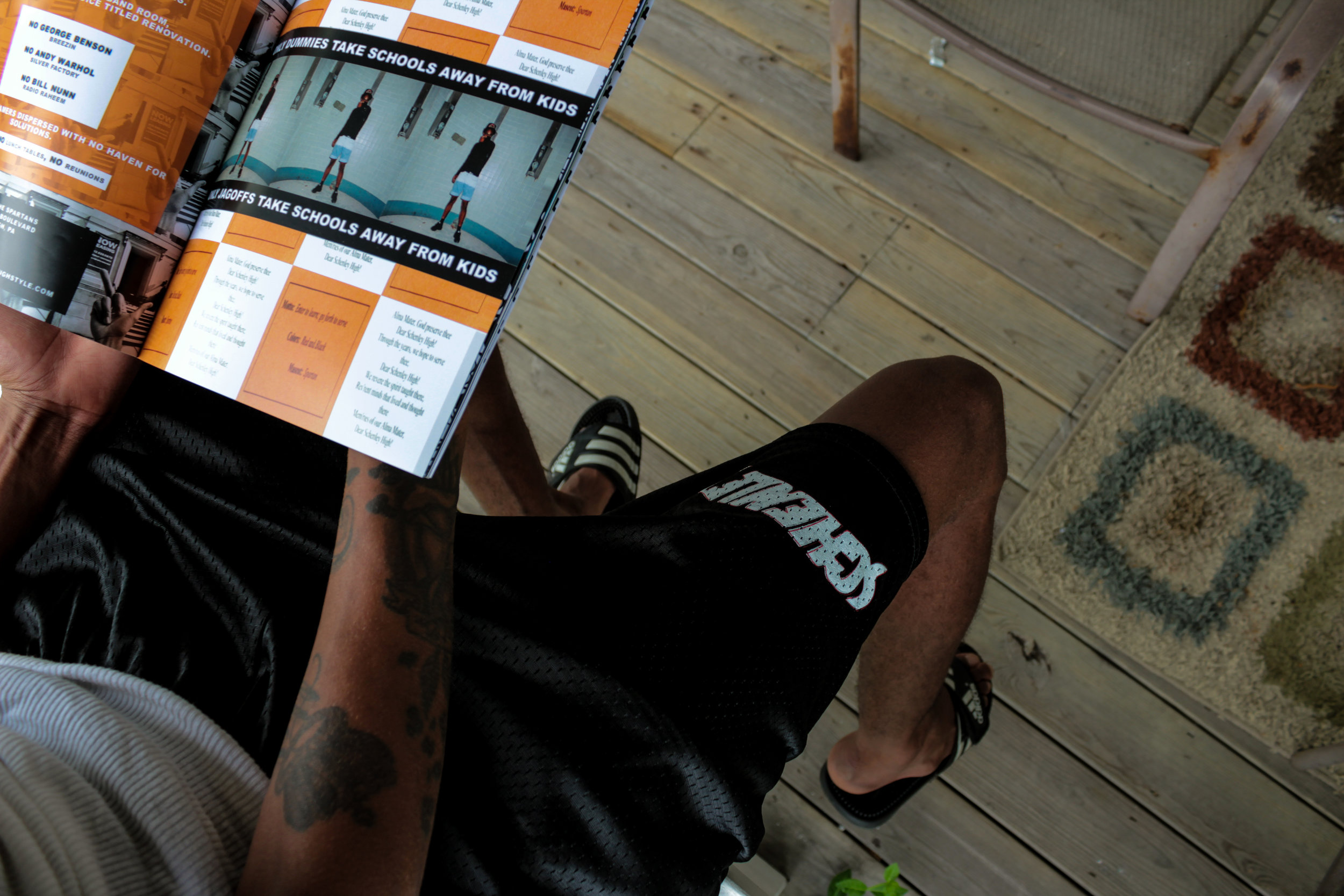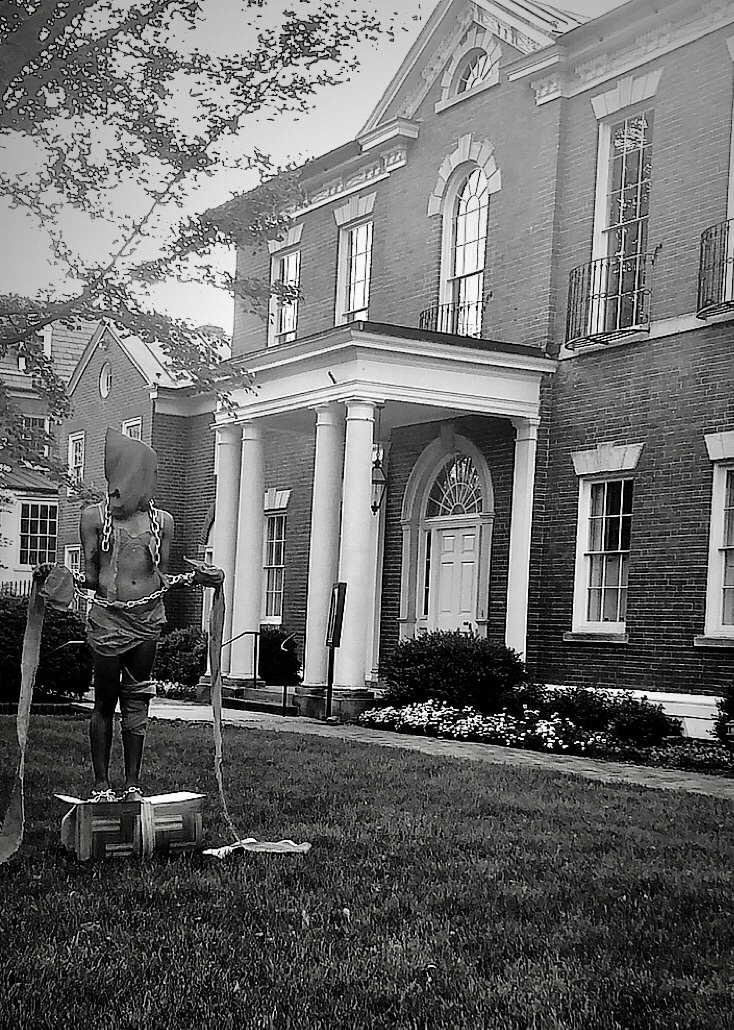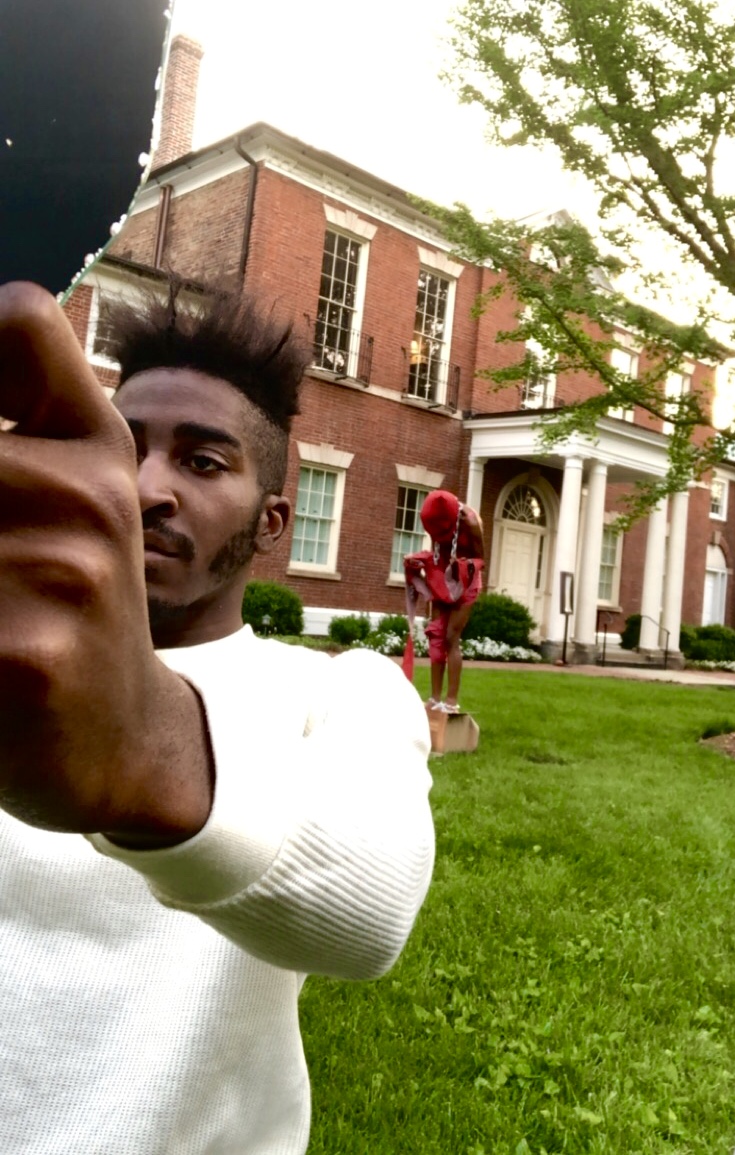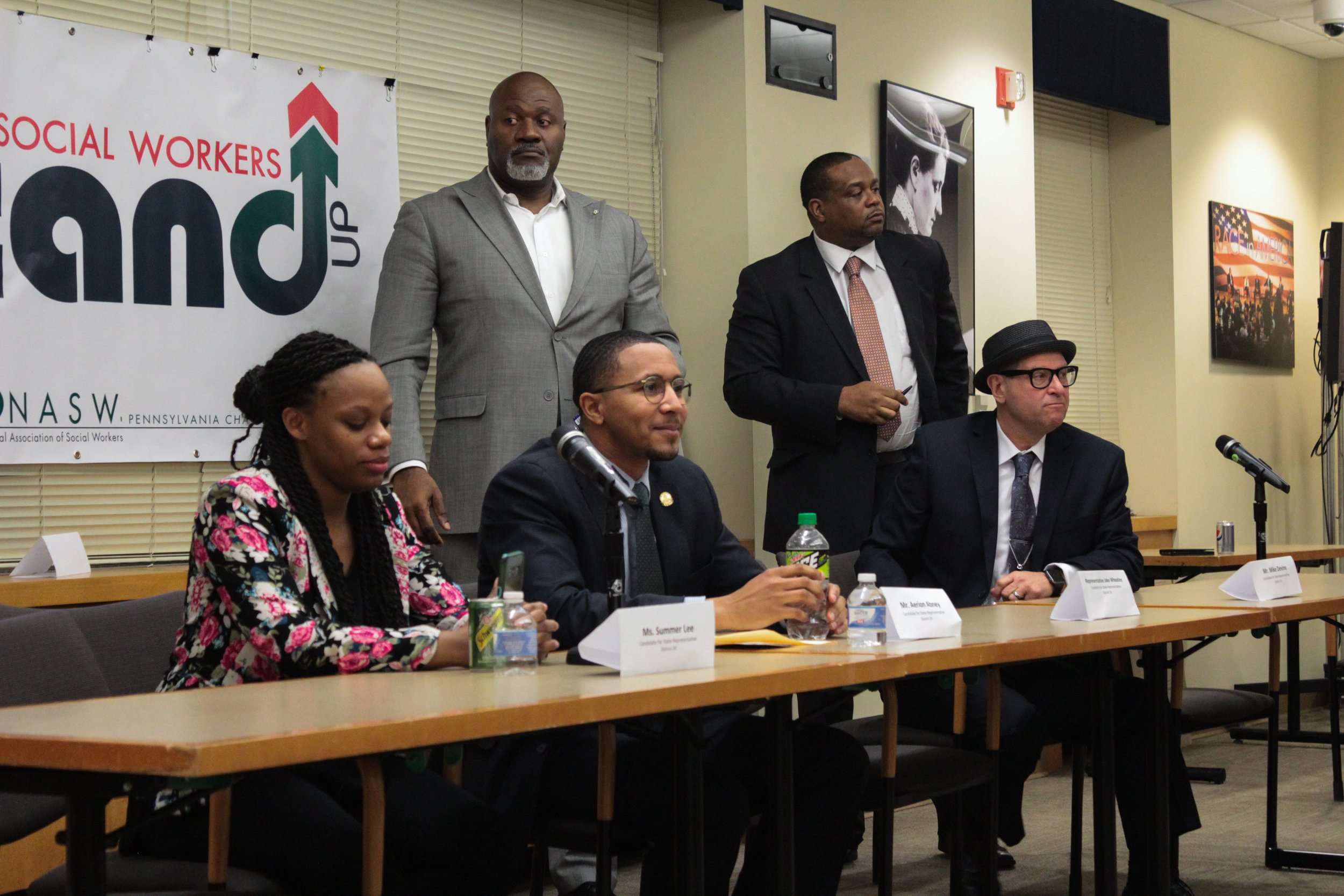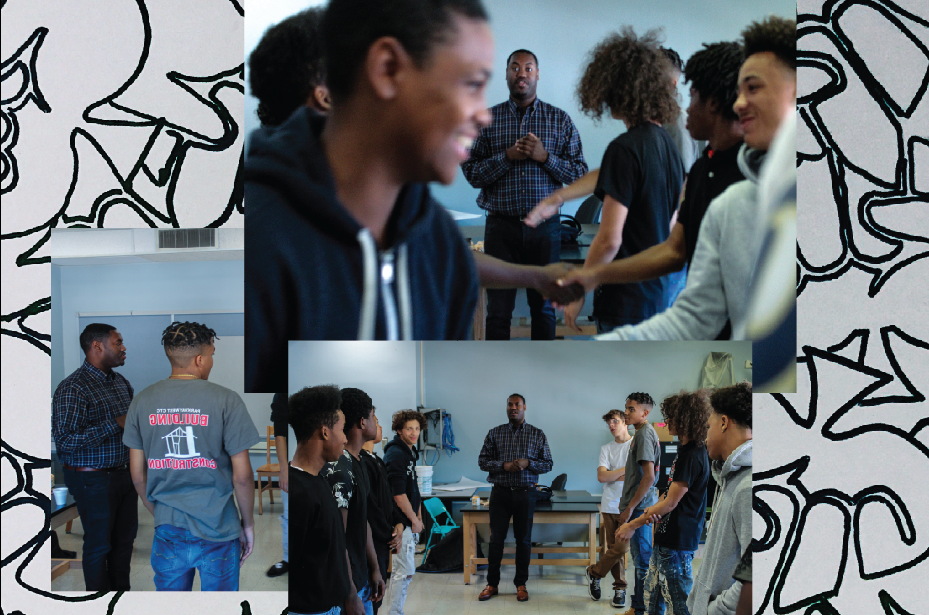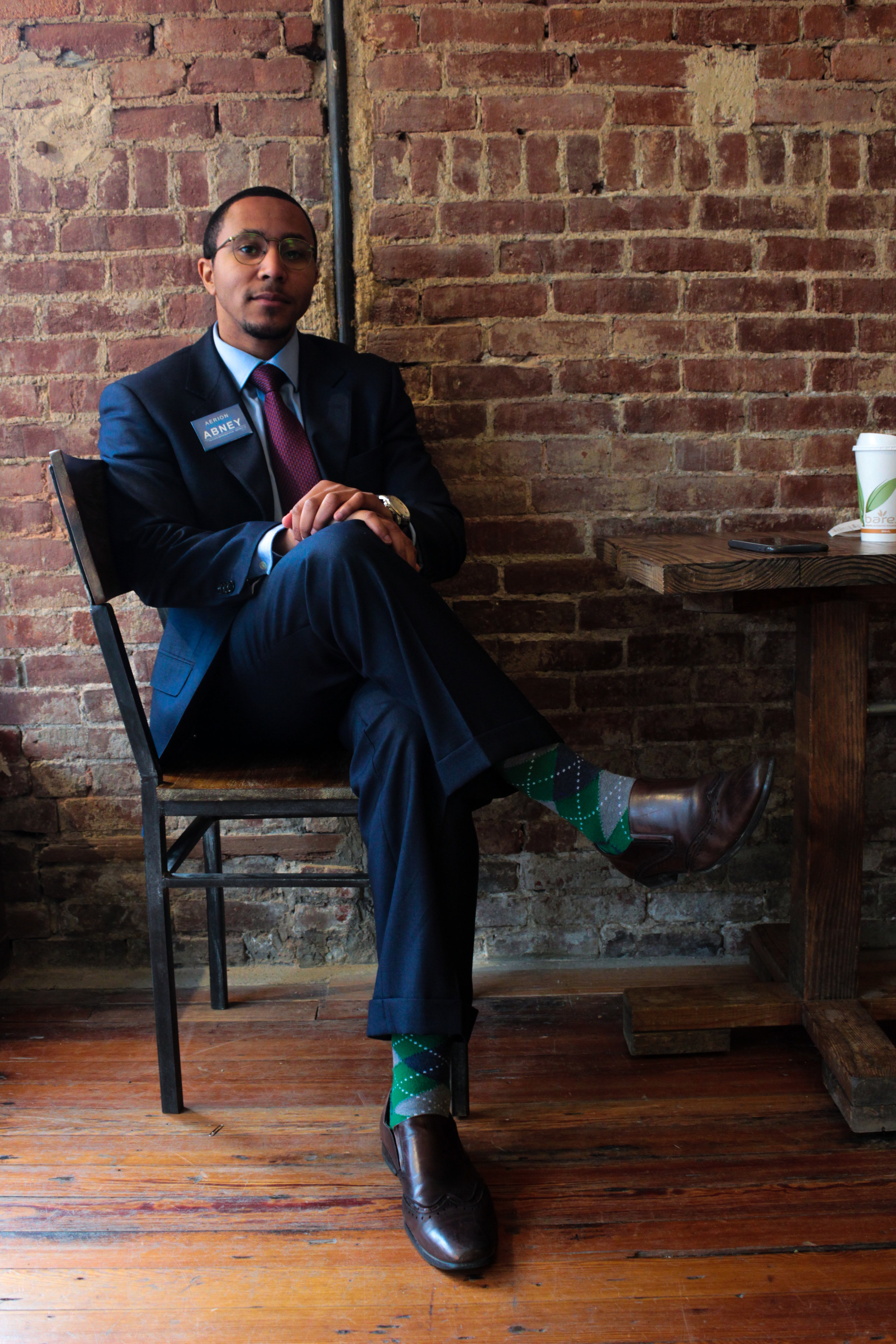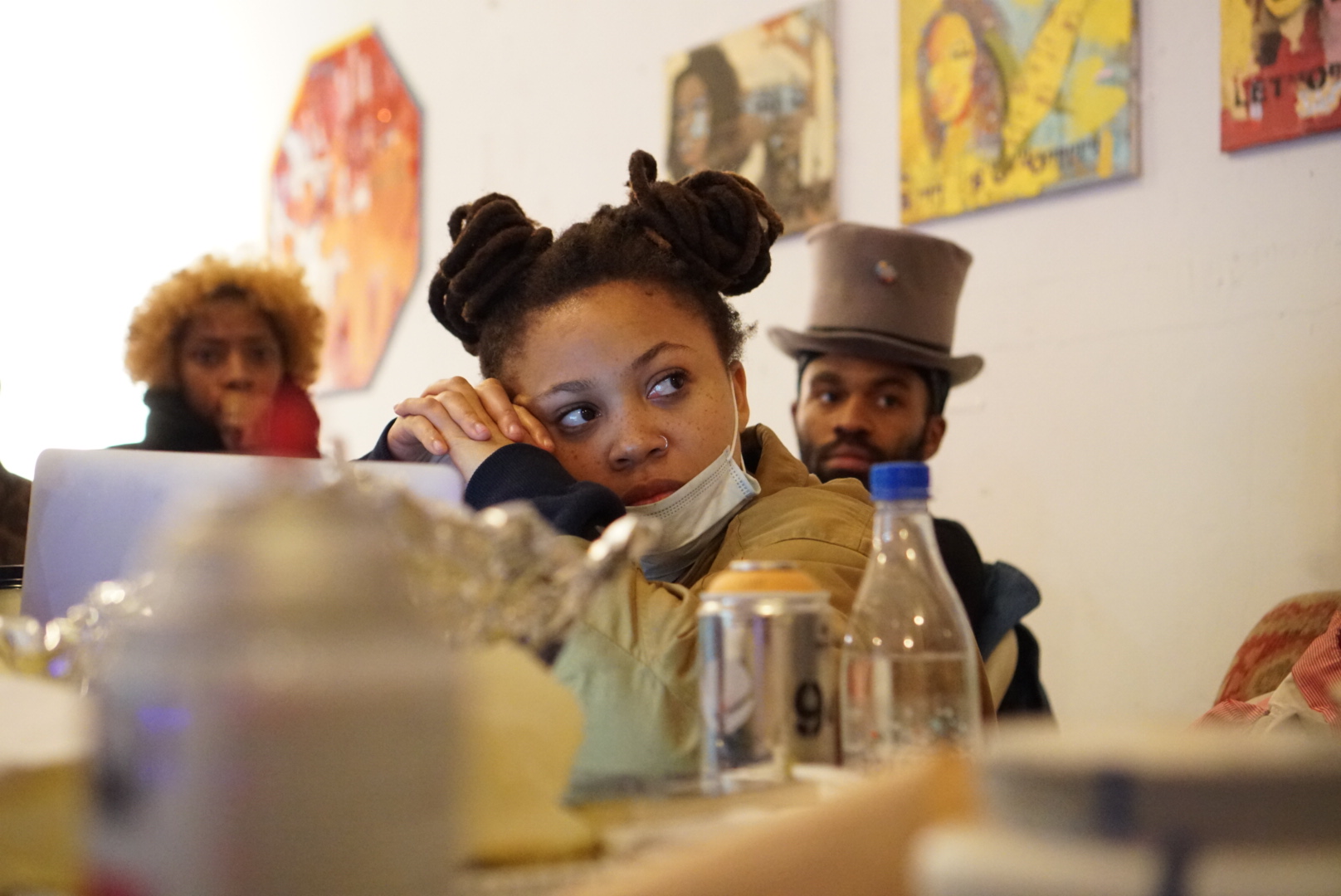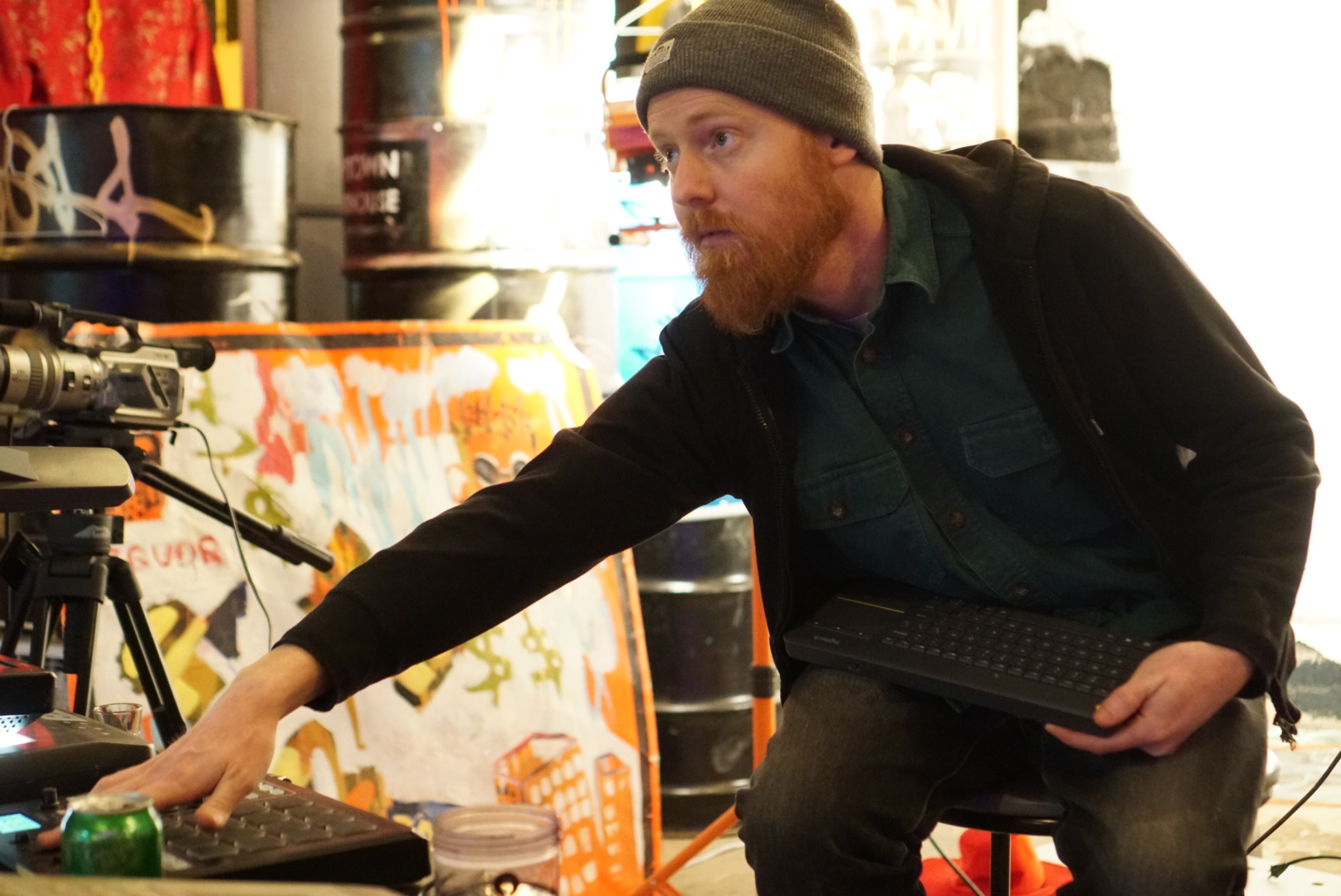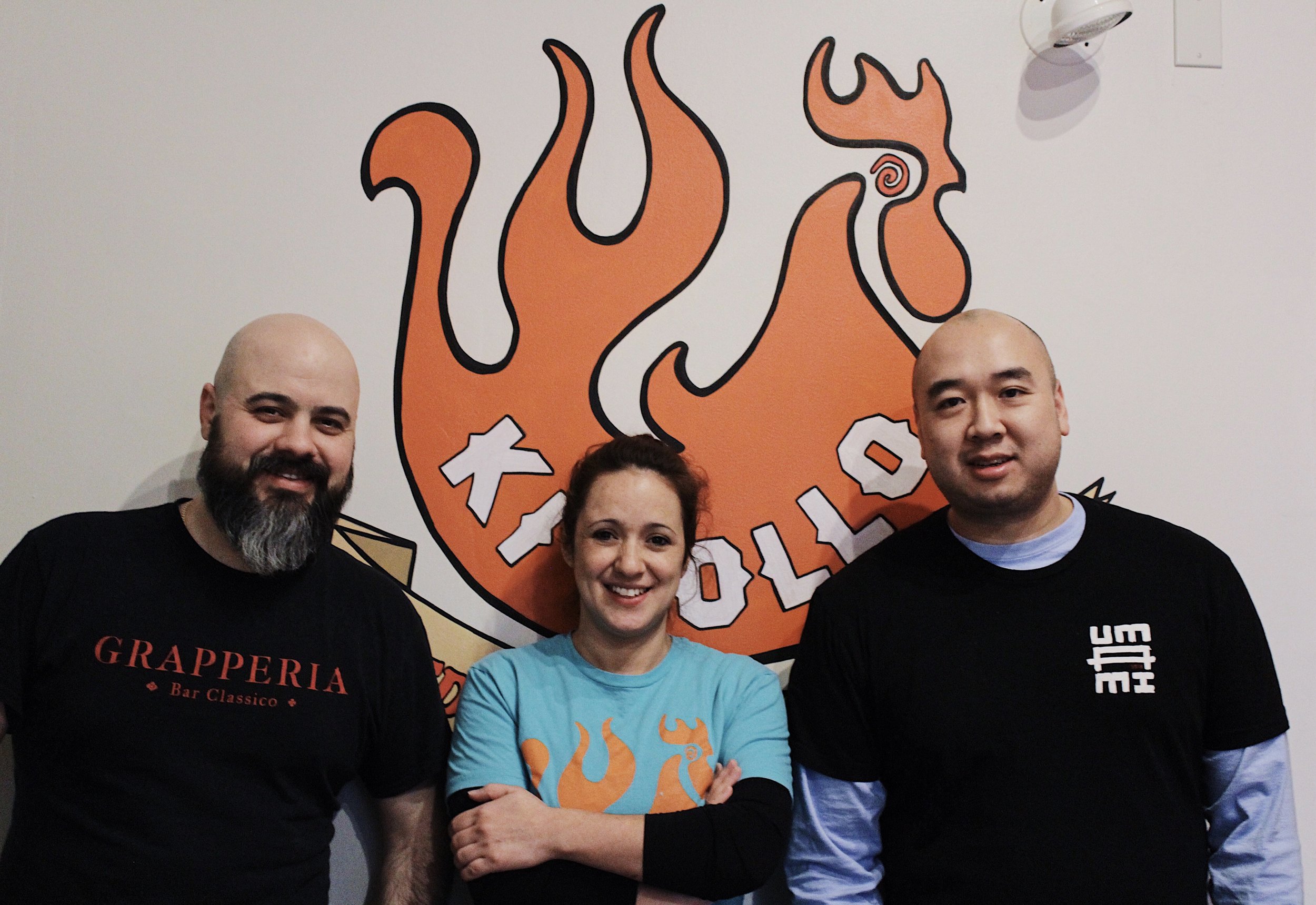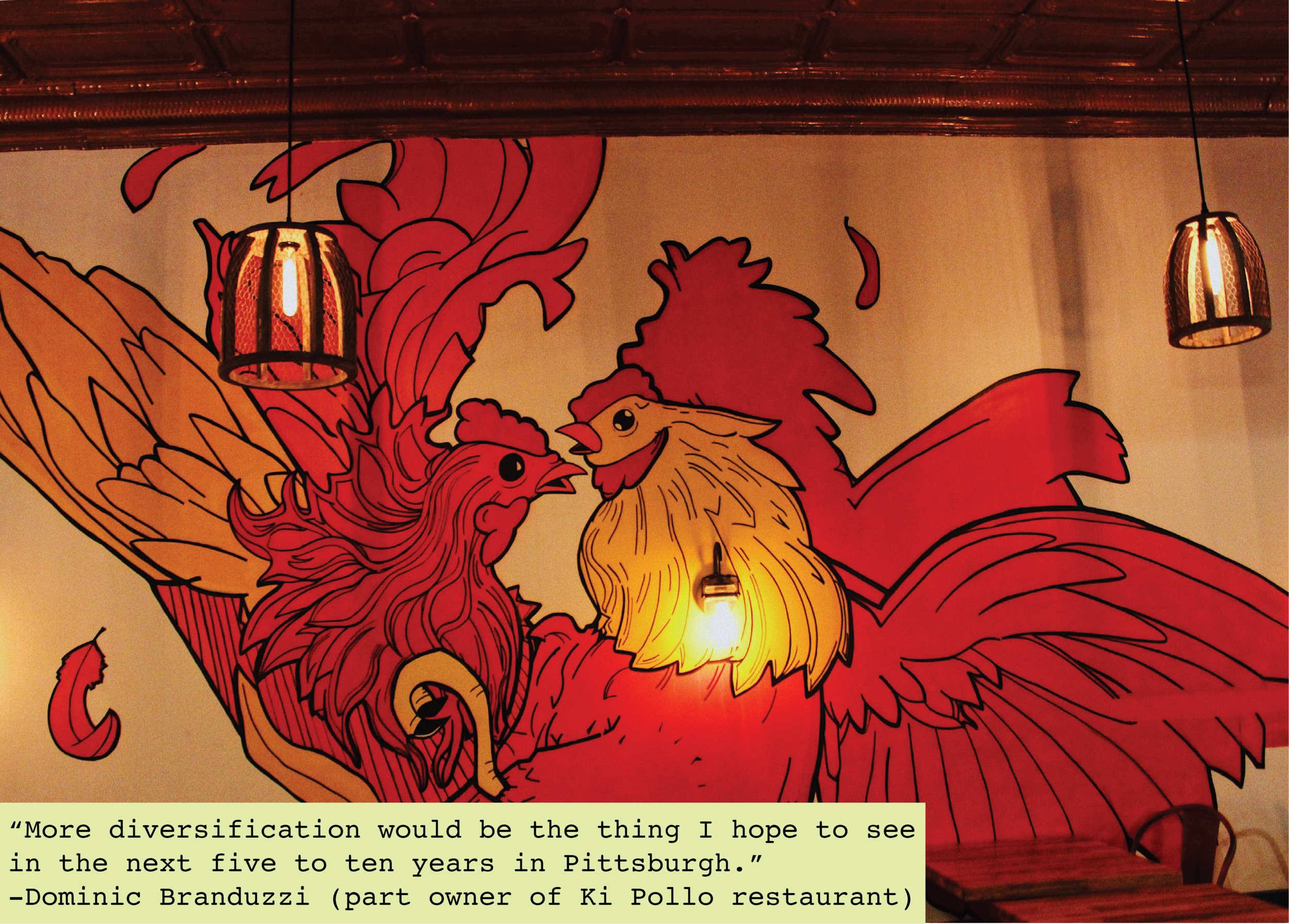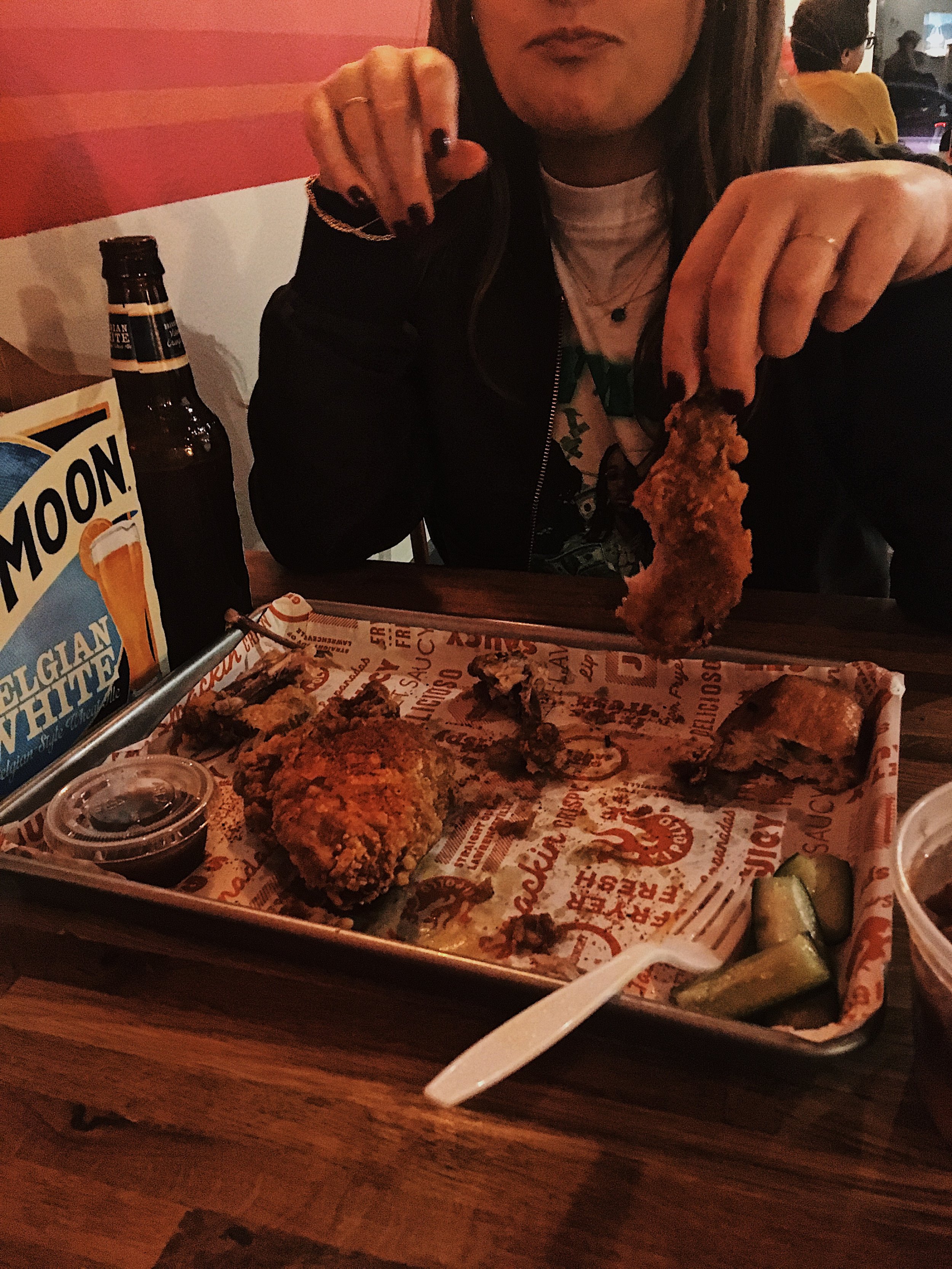Three years ago, Hannibal Hopson hopped up on the ledge of a construction dumpster and climbed through the broken bathroom window in the first floor of what was his Schenley High School. The facility looked different. There weren't lockers or functioning classrooms with desks. There were no school club flyers on the walls. No students or teachers in sight. Instead, the floors were dusty with wood residue from sawing and sanding. A bulldozer sat in the hallway. Hopson pushed past wires that hung down from the ceiling. Creeks and screech echoed through the hollow building. The basketball court that was home to former Pennsylvania State Champion Spartans had cracks in it. People began picking the wood off the court. Concrete scraps from the deconstruction project were thrown in the empty pool. The construction workers littered their lunch scraps in the showers. They were turning Schenley High School into an apartment complex, effectively displacing inner-city students who called the place their alma mater for 95 years.
Now, the Schenley Apartments mock alumni and the history that came from Schenley High School.
In an attempt to memorialize the legendary school, Hopson and InTheRough partner to offer memorabilia to celebrate what once was. We created a two-page magazine spread in the latest issue of Pittsburgh-based EW Mag publication. The spread features photos from the night Hopson and ITR explored the empty school three years ago. Photos and words begin to comment on the gentrifying aspect that the apartments imposed on the Schenley community. Additionally, authentic Schenley gym shorts pair with the reading material. The Champion mesh shorts feature a "Schenley" font taken from the basketball jerseys of the 2007 Spartans who won the state championship thanks to legends like DeJuan Blair, DeAndre Kane and D.J. Kennedy.
The magazine spread and shorts combine to create the Schenley High School Memorabilia Collection. Available are 10. More shorts will be available only after the combo sells out. The 11 photos from the excursion around abandoned Schenley High School will release at a later date.
Shop the collection here.
[Shorts model Don Bell & photographs by Alex Young]


